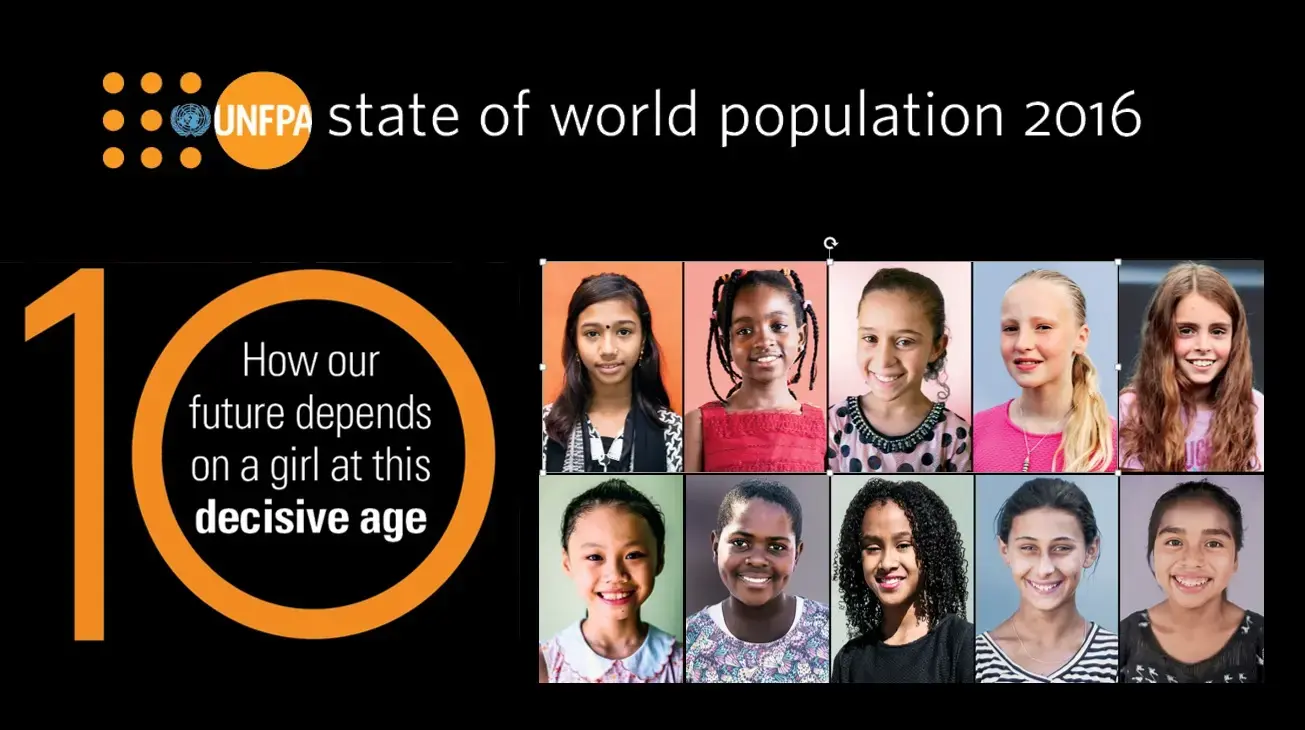No. of pages : 52
Publisher : UNFPA WCARO
Publication date : 17/11/2016
Author : UNFPA WCARO
This working document, drawn up on the basis of the World Bank report, focuses on Africa and more specifically West and Central Africa, and gives an overview of the efforts required in this part of the world with regard to a ‘catching-up’ strategy to stop it lagging further, the key development stakes and challenges it faces. It also underlines Africa’s comparative advantage compared to other regions of the world in terms of its large demographic potential.




